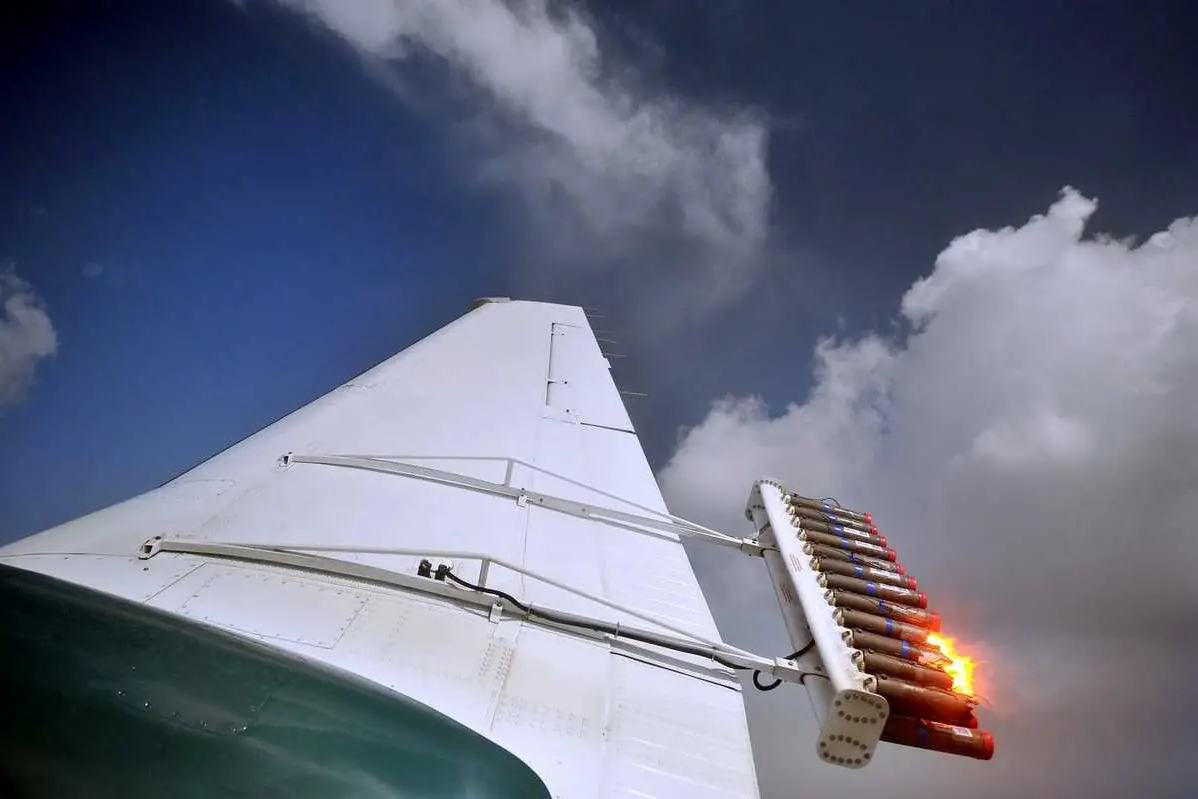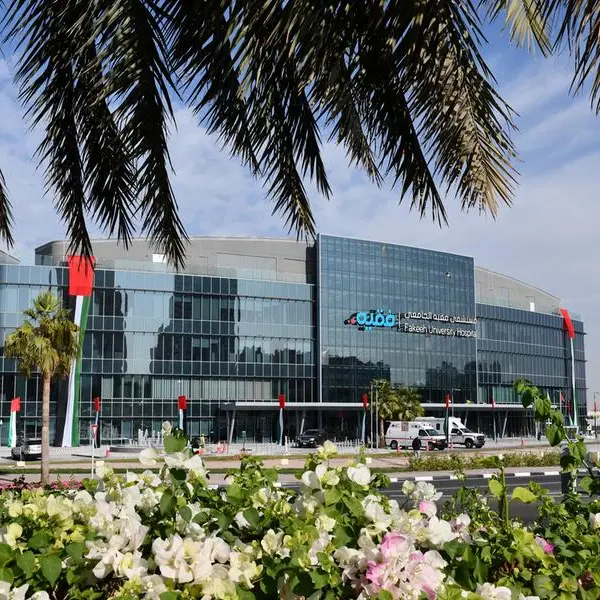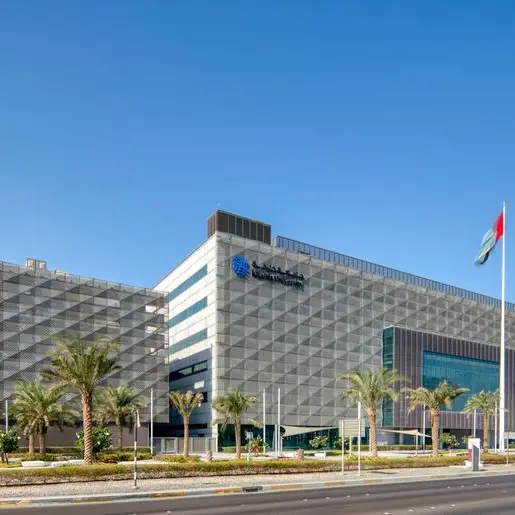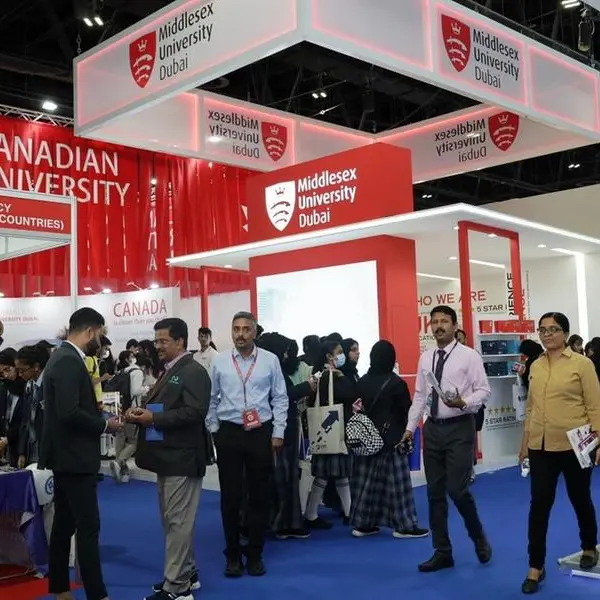PHOTO
On Wednesday, the United Arab Emirates announced that its Rain Enhancement Programme had awarded a $5 million grant to researchers in the USA, China and Russia to fund studies aimed at gaining a better understanding of this area.
The grants were awarded under the third cycle of the UAE's Research Programme for Rain Enhancement Science, which has seen more than 1,220 researchers from 68 countries come up with study proposals since its launch in 2015.
The UAE's own efforts in rain enhancement stretch back much further, though.
Below are the key dates shaping how rain enhancement started and evolved in the arid Gulf country, according to information from the UAE National Center of Meteorology (NCM) and the Ministry of Presidential Affairs.
1982: The UAE conducts its first cloud seeding operations
“In February 1982, the Abu Dhabi Municipality carried out the country’s first cloud seeding attempt, and it is was conducted by an American aircraft using silver iodine at that time,” Sufian Farrah, a cloud seeding specialist at the UAE National Center of Meteorology told Zawya at an interview during this week's Abu Dhabi Sustainability Week.
2000: UAE conducts cloud seeding studies with renowned organisations worldwide
Among the international institutions were the National Center for Atmospheric Research (NCAR) in the United States of America, Witwatersand University in South Africa and the National Oceanic and Atmospheric Administration (NOAA) of the U.S. Department of Commerce.
2004: UAE carries out its first statistical randomization methods for cloud seeding assessment
During the summer of 2004, the UAE collected 150 cases of cloud events. It also conducted flights in collaboration with NASA to measure pollutants’ properties in the UAE atmosphere.
2005: UAE launches prize for weather modification with WMO
In collaboration with the World Meteorological Organisation (WMO), the UAE launched the prize for advancing the science and practice of weather modification.
2006: Cloud augmentation through ionisation trials
In the summer of 2006, ionisation trials were conducted as part of a cloud augmentation process. The technology enabled charged particles, or ions, to attach to the clouds for them to survive longer in the atmosphere. However, ionisation is not used if there is a chance of heavy precipitation.
“The lifetime of clouds in the UAE is around 45 minutes during summer time, so we have a limited time to conduct the operations after we identify the suitable clouds,” NCM’s Farrah told Zawya.
2010: UAE hosts WMO weather modification experts
The addition of new radars and technologies supported coverage of the Northeastern and Eastern regions of the UAE
2011: Study of dust particles carried out by NCM
The studies aimed to improve identifying and tracking clouds that are suitable for seeding
2012-2013: Studies on convective clouds
Convective clouds usually build up during the summer months in the Northeast territories of the UAE in the Hajar mountains
2015: UAE launches Research Programme for Rain Enhancement Science
The programme was launched in January 2015 to be overseen by NCM, during the same year in which the water sector was identified as one of the pillars of the new UAE Innovation Strategy. Submissions to the programme were submitted from 325 scientists worldwide
2016: Second cycle of UAE Research Programme for Rain Enhancement
The cycle saw participation from 398 scientists from diverse entities and affiliations.
2017: Third cycle of UAE Research Programme for Rain Enhancement
The program received 201 research pre-proposals from 710 scientists and researchers from the five continents.
“The UAE conducted 242 cloud seeding operations last year, and each operation is taking about 3 hours. There were 98 operations during summer season from beginning of June till end of September,” NCM’s Farrah told Zawya.
2018: Rain enhancement operations are now conducted in more than 50 countries across the globe.
“According to some statistical studies, more than 50 countries worldwide are working on cloud seeding. Some of them for rainfall enhancement, some for hail suppression to mitigate the damage of bigger parts of hail,” Farrah said.
Further reading:
(Reporting by Nada Al Rifai; Editing by Michael Fahy)
(nada.rifai@thomsonreuters.com)
Our Standards: The Thomson Reuters Trust Principles
Disclaimer: This article is provided for informational purposes only. The content does not provide tax, legal or investment advice or opinion regarding the suitability, value or profitability of any particular security, portfolio or investment strategy. Read our full disclaimer policy here.
© ZAWYA 2018
The grants were awarded under the third cycle of the UAE's Research Programme for Rain Enhancement Science, which has seen more than 1,220 researchers from 68 countries come up with study proposals since its launch in 2015.
The UAE's own efforts in rain enhancement stretch back much further, though.
Below are the key dates shaping how rain enhancement started and evolved in the arid Gulf country, according to information from the UAE National Center of Meteorology (NCM) and the Ministry of Presidential Affairs.
1982: The UAE conducts its first cloud seeding operations
“In February 1982, the Abu Dhabi Municipality carried out the country’s first cloud seeding attempt, and it is was conducted by an American aircraft using silver iodine at that time,” Sufian Farrah, a cloud seeding specialist at the UAE National Center of Meteorology told Zawya at an interview during this week's Abu Dhabi Sustainability Week.
2000: UAE conducts cloud seeding studies with renowned organisations worldwide
Among the international institutions were the National Center for Atmospheric Research (NCAR) in the United States of America, Witwatersand University in South Africa and the National Oceanic and Atmospheric Administration (NOAA) of the U.S. Department of Commerce.
2004: UAE carries out its first statistical randomization methods for cloud seeding assessment
During the summer of 2004, the UAE collected 150 cases of cloud events. It also conducted flights in collaboration with NASA to measure pollutants’ properties in the UAE atmosphere.
2005: UAE launches prize for weather modification with WMO
In collaboration with the World Meteorological Organisation (WMO), the UAE launched the prize for advancing the science and practice of weather modification.
2006: Cloud augmentation through ionisation trials
In the summer of 2006, ionisation trials were conducted as part of a cloud augmentation process. The technology enabled charged particles, or ions, to attach to the clouds for them to survive longer in the atmosphere. However, ionisation is not used if there is a chance of heavy precipitation.
“The lifetime of clouds in the UAE is around 45 minutes during summer time, so we have a limited time to conduct the operations after we identify the suitable clouds,” NCM’s Farrah told Zawya.
2010: UAE hosts WMO weather modification experts
The addition of new radars and technologies supported coverage of the Northeastern and Eastern regions of the UAE
2011: Study of dust particles carried out by NCM
The studies aimed to improve identifying and tracking clouds that are suitable for seeding
2012-2013: Studies on convective clouds
Convective clouds usually build up during the summer months in the Northeast territories of the UAE in the Hajar mountains
2015: UAE launches Research Programme for Rain Enhancement Science
The programme was launched in January 2015 to be overseen by NCM, during the same year in which the water sector was identified as one of the pillars of the new UAE Innovation Strategy. Submissions to the programme were submitted from 325 scientists worldwide
2016: Second cycle of UAE Research Programme for Rain Enhancement
The cycle saw participation from 398 scientists from diverse entities and affiliations.
2017: Third cycle of UAE Research Programme for Rain Enhancement
The program received 201 research pre-proposals from 710 scientists and researchers from the five continents.
“The UAE conducted 242 cloud seeding operations last year, and each operation is taking about 3 hours. There were 98 operations during summer season from beginning of June till end of September,” NCM’s Farrah told Zawya.
2018: Rain enhancement operations are now conducted in more than 50 countries across the globe.
“According to some statistical studies, more than 50 countries worldwide are working on cloud seeding. Some of them for rainfall enhancement, some for hail suppression to mitigate the damage of bigger parts of hail,” Farrah said.
Further reading:
- UAE Research Program for Rain Enhancement Science opens Second International Research Forum at ADSW 2018
- UAE Research Programme for Rain Enhancement Science promises new water security solutions
- Cloud seeding brings rain, cold winds to UAE
- Rain enhancement: Cloud-seeding drones heading to UAE
- The UAE's bid to boost rainfall in the desert
(Reporting by Nada Al Rifai; Editing by Michael Fahy)
(nada.rifai@thomsonreuters.com)
Our Standards: The Thomson Reuters Trust Principles
Disclaimer: This article is provided for informational purposes only. The content does not provide tax, legal or investment advice or opinion regarding the suitability, value or profitability of any particular security, portfolio or investment strategy. Read our full disclaimer policy here.
© ZAWYA 2018












